Unlocking Hidden Value in Aging Properties
KJRM’s Choice to Preserve for 100 Years, Not Demolish
The commercial facility "G-Bldg. Minami Ikebukuro 01", originally completed in 1974, was deliberately renewed rather than demolished in December 2024. Through this investment, we achieved a 1.3% uplift in NOI yield and a 26% increase in appraised value compared to the previous fiscal year, while also obtaining a positive environmental impact certification. This outcome is the result of pursuing the optimal solution by combining our uniquely cultivated asset management expertise with the specialized knowledge of many professionals.
CHAPTER 01 Thinking through What's best
Each property owned by Japan Metropolitan Fund Investment Corporation (JMF) has its own "Medical Record."
Every six months, we review the policies of each property and discuss ways to improve its value.
One such property is "G-Bldg. Minami Ikebukuro 01", located a three-minute walk from Ikebukuro Station along Meiji-dori Avenue. This eight-story commercial facility with two basement levels was completed in 1974, reaching its 50-year milestone in 2024. The key question was: How do we maximize the value of this aging property? Maintaining the status quo—where competitiveness would inevitably decline—was not an option. Instead, we narrowed the strategic choices to three: redevelopment, renovation, or external disposal.
Although concrete deliberations began in 2022, preparations had been underway since the property’s acquisition in 2010. We aligned tenant lease expirations to 2024, creating flexibility for future repositioning.
Also, starting in 2020, we shifted focus from the property’s standalone value to enhancing its role within the broader district. This included engaging in urban development planning, monitoring city infrastructure trends, and conducting interviews with local authorities, external organizations, and tenants to prepare the groundwork.
In 2022, we launched detailed consideration of the three options. Redevelopment—a common strategy for older buildings—proved challenging due to rising construction costs and rental yield imbalance. A sale was also ruled out, given the property’s rare location and yield profile, making divestment premature. This left renovation as the most viable option—but the challenge of the building’s age loomed large.
The first step toward renewal was to confirm the physical safety of the 50-year-old structure.
In consultation with the KJRM engineering team, it was decided to go beyond a standard engineering report and conduct detailed investigations, including core sampling of the concrete and evaluations by a third-party committee.
As a result, due to the building’s original specifications and the quality of its long-standing management, its physical service life was calculated at 112 years.
This proved the building still had 60 years of usable physical value remaining—a pivotal moment.
The next task was to demonstrate economic value. With support from KJRM’s accounting team, repeated examinations were conducted regarding the extension of accounting useful life. Following investigations and hearings by the auditing firm, economic value was also recognized. Thus, renewal finally became a practical and achievable reality.
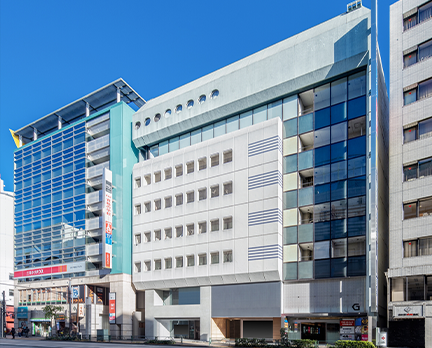
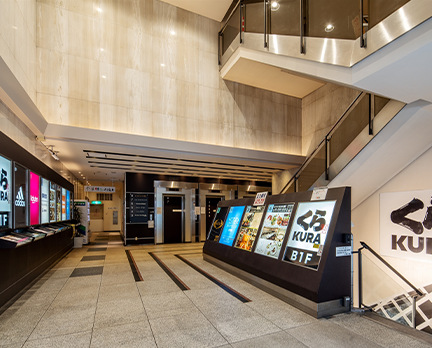
CHAPTER 02 Walking Together for 100 Years with a Lighter Footprint
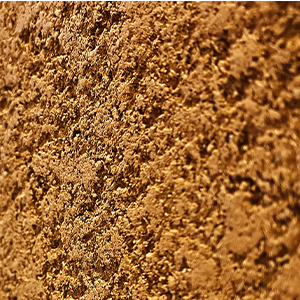
In 2019, KJRM's Industrial & Infrastructure Fund Investment Corporation (IIF) became the first J-REIT to receive the Positive Impact Award.
Subsequently, in 2022, JMF also obtained Positive Impact Award for the first time, for a property located in Karuizawa. Through this experience, a consulting firm was engaged from the design stage of the renewal project to consider what types of initiatives would qualify as Positive Impact.
Approximately 40% of the exterior façade, as well as the interior walls and floors, incorporated recycled building materials, and the usage rate of such materials was quantitatively calculated. In Europe, the calculation and disclosure of “Whole Life Carbon” (lifetime CO₂ of buildings) under the framework of “Life Cycle Assessment (LCA)” is becoming mandatory. In Japan, however, few organizations have adopted this concept, and only a limited number of institutions can conduct such calculations. Against this backdrop, we carried out a calculation of “Life Cycle CO₂ (LCCO₂).” Moreover, in the absence of past precedents comparing replacement construction with renewal, we were able to demonstrate that renewal results in a lower environmental burden than rebuilding from scratch.
It is unlikely that any other asset management company would go this far for the renewal of a single property.
As a result, we obtained Positive Impact Award, and the case has drawn attention from multiple institutions as a pioneering example within the industry.
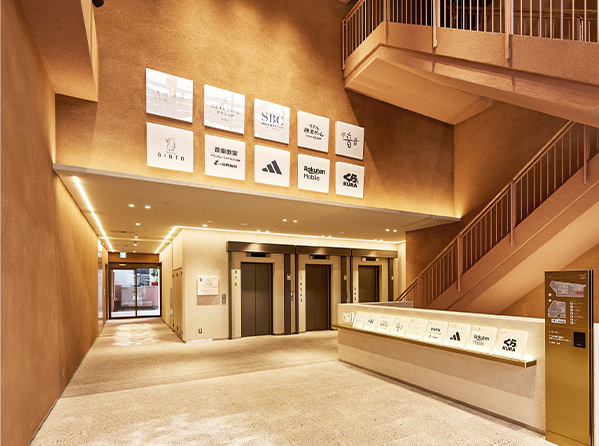
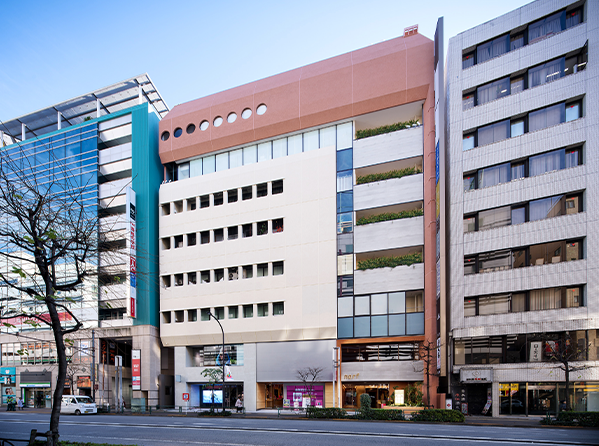
CHAPTER 03Ultimately, for the Investors
During the process of this renewal project, there were goals we could not achieve.
Initially, there was a plan to attract office tenants to this commercial facility and transform it into a mixed-use property. However, unlike commercial tenants, office leasing faced obstacles such as the age of the building, and even when tenants appreciated the concept of revitalizing an older property with an environmentally conscious approach, there were cases where the rent expectations did not align. As a result, we ultimately had to abandon this plan.
Even while pursuing our ideals, in the end, our focus is on how to generate earnings, enhance the value of the property, and be recognized by investors. In our decision-making, this principle is never compromised.
In December 2024, the property reopened after renewal.
With a renewal investment of 370 million yen, we achieved an ROI of 24.2%, an annual rental income increase of 90 million yen, an NOI yield of 8.0% (an increase of 1.3%), and a 26% increase in appraisal value compared with the previous period — a significant achievement.
This long-term challenge and the resulting success were the product of the expertise and experience of many people involved, who carefully considered the optimal solutions.
This experience will be applied to new properties in the future, giving rise to new challenges again
— and this is the strength of KJRM.
